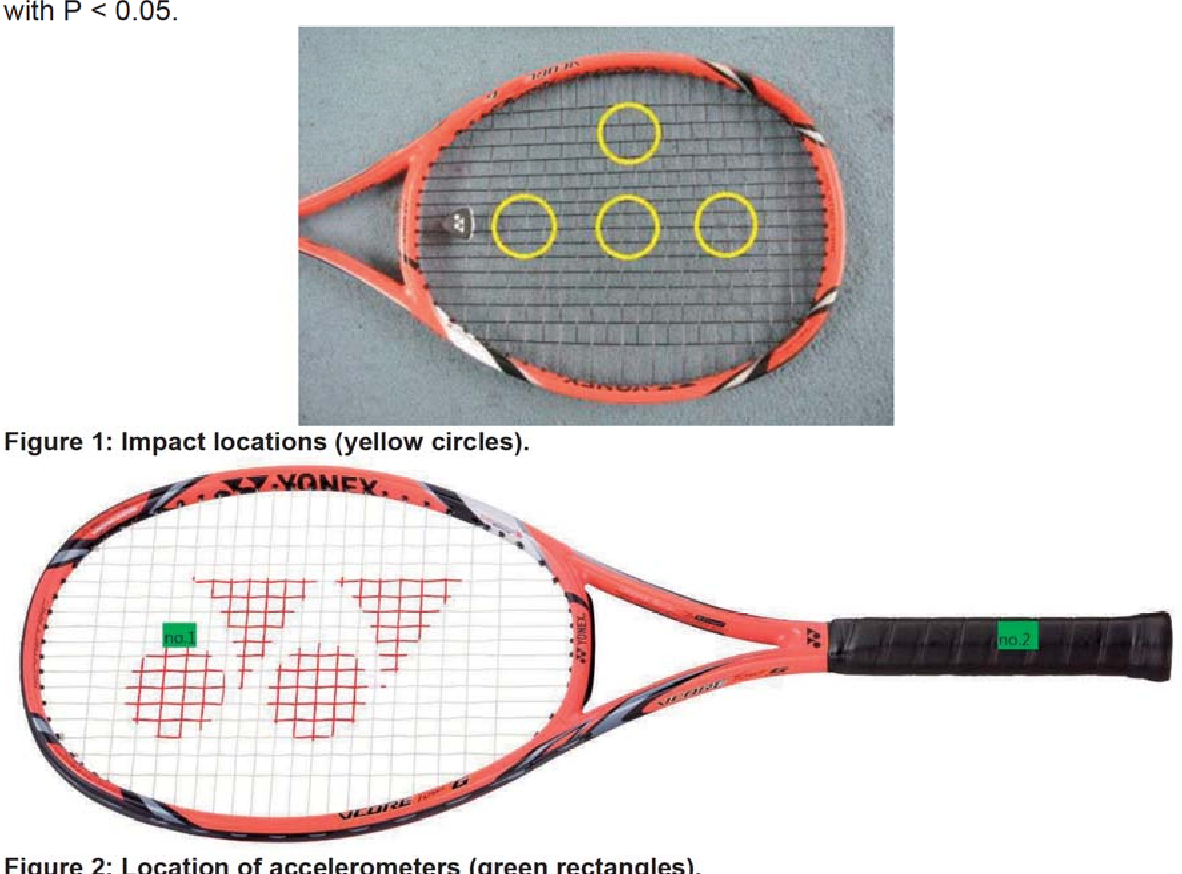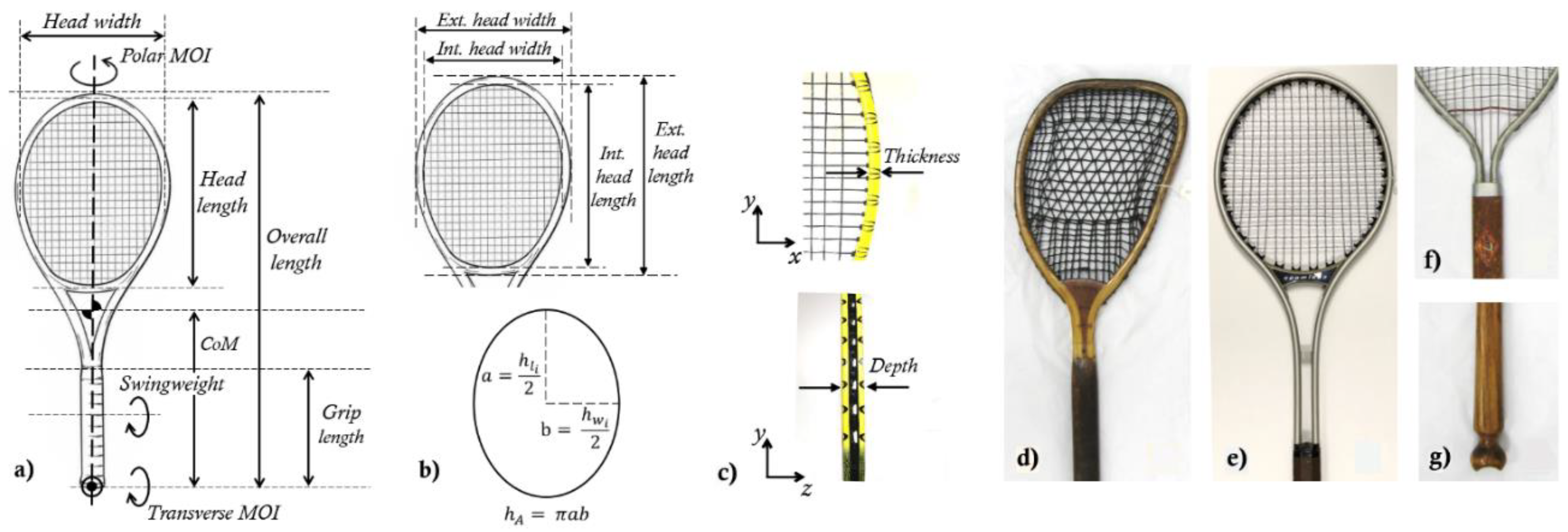

Internal rotation of the upper arm at the shoulder The advantage of this approach is that the relations between variables is highlighted Identifying variables that are structured in a deterministic model-the mechanical method (see fig 1 1 for a model of the serve). However, they may generally be divided into approaches that focus on:Īnalysing general biomechanical principles-for example, assessment of balance during stroke production, followed by the application of force and inertia in the development of racquet speed and so on 15Ī variety of models of technique analysis have been proposed. Any effective process must evaluate movement to identify both strengths and weaknesses in performance and then diagnose the movement to prescribe an appropriate intervention. Research shows that an expansive view of subjective technique analysis, the procedure generally used by coaches, is required if performance is to be optimised. Technique analysis falls on a continuum between subjective (qualitative) and more objective (quantitative) analyses. In tennis it is therefore essential that only a short pause occurs between the backswing and forwardswing phases of stroke production or at maximum knee flexion during the serve. 8 Elliott et al 9 showed that speed of internal rotation of the upper arm was increased by about 20% for a no‐pause compared with a 1.5 second pause condition. In the bench press, after a period of about one second, 55% of the stored energy was lost. The benefit of this stored energy is reduced if a delay occurs between these phases of the movement. The key to the recovery of the elastic energy is the timing between the stretch and shorten phases of the motion. Volley/service return: The split step, an integral part of preparation for a volley, service return, or groundstroke, places the quadriceps muscle (extensor at the knee joint) on stretch, permitting storage and subsequent release of energy to enhance quick movement in preparation for the subsequent stroke. This is why in the backhand a separation angle (one handed ∼30° two handed ∼20°) is created in the backswing in preparation for the swing to the ball. Groundstrokes: Rotation of the shoulders greater than the hips (creating a separation angle) and the positioning of the upper limb relative to the trunk during the backswing phase of these strokes, place appropriate muscles on stretch. The eccentric stretch and pre‐tensing of the anterior shoulder muscles (particularly the internal rotators) is maximised by a vigorous leg drive which positions the racquet “down behind and away from the lower back” in preparation for the drive to the ball. Service: A subtle coaching point in maximising power in the serve is the timing of the “leg drive” with the racquet preparation for the drive to the ball. Research has shown that the benefit to performance from these two factors, particularly the muscle pre‐tension, is critical to success in sports such as tennis. This is also supported by the fact that the concentric action begins with the appropriate muscles under higher tension than would be created if they were to contract purely concentrically from a resting state. In a stretch‐shorten cycle, elastic energy stored during the eccentric phase of the action (the stretch) is partially recovered, such that the concentric phase (shorten) is enhanced. Sports medicine, as it plays a role in the development of stroke production, is then discussed from a biomechanical perspective. Firstly, biomechanics from a general perspective will be followed by the role it plays in stroke production. The review will be presented under a number of headings that reflect the different areas in which biomechanics is important to player development. More detailed reviews can be found in the ITF publication Biomechanics of advanced tennis, 2 and the books From breakpoint to advantage, 3 The physics and technology of tennis 4 and Biomechanical principles of tennis technique: using science to improve your strokes.

The examples given in the following sections are intended to reflect general directions rather than provide a comprehensive review of the literature. An understanding of biomechanics from a sports medicine perspective is also important if player development is to occur with minimal risk of injury. 1 Player development based on scientific evidence allows an individualised approach to be structured, with due consideration to the key mechanical features of each skill, while also fostering flair and permitting the physical characteristics of a player to be considered. All strokes have a fundamental mechanical structure, and sports injuries primarily have a mechanical cause.

Success in tennis is greatly affected by the technique a player uses and biomechanics plays an integral role in stroke production.


 0 kommentar(er)
0 kommentar(er)
